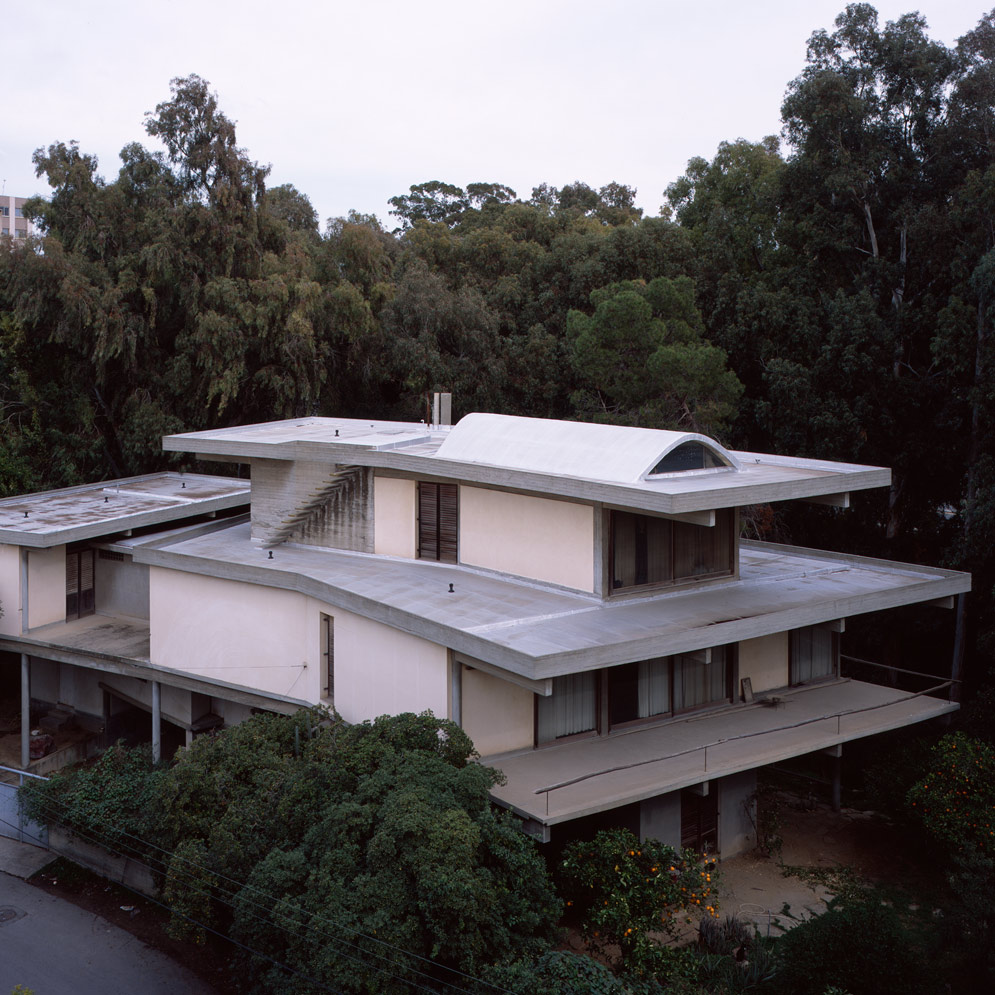Interview: Stelios Kallinikou
The Cypriot photographer on the cyclical flow of creativity and balancing artistic and commercial work

by Emily Millett
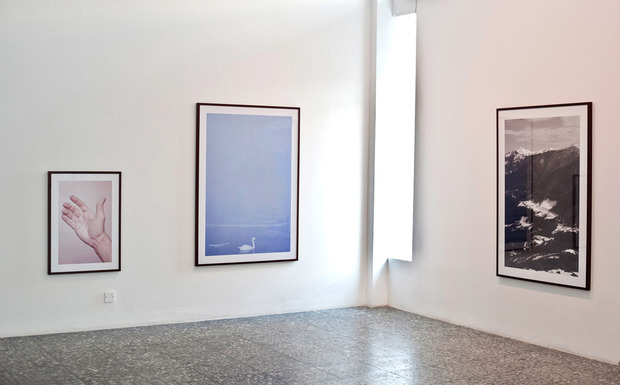
Inside the stark walls of Penindaplinena Gallery in Cyprus, beautiful people flit from one exhibit to another, while outside on the damp pavement, others balance cigarettes and glasses of wine.
Standing confidently between the two worlds colliding in his honor is Cyprus-born Stelios Kallinikou. Having already found his feet in fashion photography, Kallinikou has now stepped across the line between commercial and fine art with his first ever solo exhibition. We catch up with him to find out how he is inspired by living in the present to immortalize the past.
You just opened your first solo exhibition. How do you feel?
I feel like I’ve just put a fullstop. And, like any fullstop of substance, it signifies a new beginning. It’s important to see your work presented in an open space like this because, whether you like it or not, it makes you reflect on what you’ve done—and what you would like to do next. With this exhibition I feel that a cycle has been completed, a cycle which documents the plethora of subjects that concern me and reveals hints of what is likely to concern me in the future.
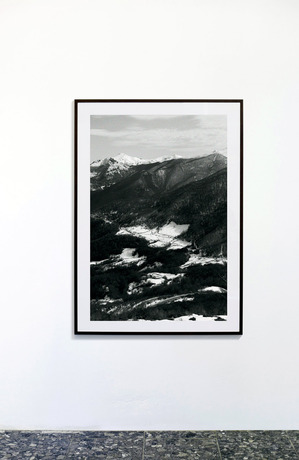
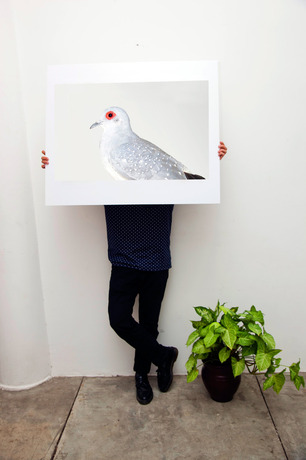
Your exhibition is titled “Within Narratives.” What is the idea behind this title and what is the running theme or concept that ties the images together?
My images are stories suspended in time. They form part of a greater narrative. When observing the photographs, on one level, you might think that they are trying to tell a story, but along the way you realize that they are keeping their secrets tightly sealed. The images flirt with the viewer, inviting you to create your own story. This becomes absolutely clear by the second image on display, where a piece of lined paper is placed on the face of a naked body. This image demonstrates the exhibition’s intention to observe and admire, instead of pointing in one clear direction.
The show brings together many heterogeneous elements such as animals, sceneries, faces and bodies. All images teeter between desire and death; an intense dualistic, interstitial space. For me, it has always been more interesting and substantial to analyze situations by relating various elements. Only through chaos can one search for harmony.
Do you have a favorite image or one with a particularly interesting story behind it?
I don’t single out any of my images. I feel they all have their own individual values, each one existing independently. Yet, at the same time, they collectively create my proposition to the audience and complete the puzzle of my first solo exhibition. I see them as images that stand alone, but can also be seen together in order to somehow unravel their myths. Generally I don’t like telling the story behind my photographs because I feel that it detracts from their mystery…My photographs create an aesthetic of a riddle and I would like them to remain that way. What is certain is that all my images are very personal. The hands and bodies in my photographs are all familiar to me and deeply cherished. The sceneries I photograph are sceneries which I would like to live in forever.

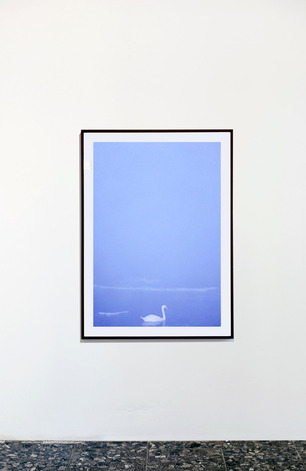
In your opinion, what are the boundaries that separate commercial photography and art?
Photography is one of the principal mediums that has always contested the limits of art. As Suzan Sontag said, “Time eventually positions most photographs—even the most amateur—at the level of art.” There are many instances where photographs which have been created for clearly commercial purposes have then ended up in museums and private collections. In this day and age the boundaries are not that clear in any field.
What is your opinion on spontaneous versus set up photography?
I work in both ways. Some of my photographs were staged according to an idea that was already in my mind, others are simply scenes I came across. There is always a sense that they were staged and indeed this is one of the characteristics of my style. Many times I try to visually stage something that I have in my mind and it doesn’t work out, and then the very next day I might stumble upon it in reality. When an idea is meandering inside you I believe there are many ways for it to be realized. Often it is enough to observe the signs which show you the direction.
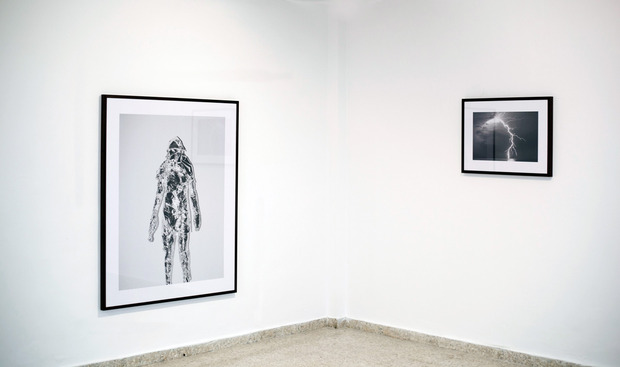
What is your background in photography? How did you get into the field?
I actually studied history and archaeology. My interest in photography was born while I was doing some research about the history of art. I came across a photograph of a pepper by Edward Weston and it made me realize that there was something about this medium that had a deep internal effect on me. As time passed, my passion for the subject continued to grow until in the end I decided to study photography as well. I’ve always found the relationship between photography and history fascinating. Both disciplines are involved in the salvaging of memory. They both try to keep alive and immortalize—at least in memory—things that now belong to death.
What are the main influences on your work?
Inspiration comes from everywhere—music, poetry, cats, traveling, my friends and everyday life in general. The more we live in our own present, the more we are inspired by the things that surround us. There are some artists that I love such as the photographers Rineke Dijkstra and Wolfgang Tillmans, Caspar David Friedrich—the 19th century landscape painter, visual artist Roni Horn, the band The Knife, the musician Thom Yorke, modern dance choreographer Wayne McGregor, filmmaker Michael Haneke, Larry Clark and Harmony Korine, the American film directors and producers behind the cult classic film “Kids” and last, but not least, fashion photographer Viviane Sassen.
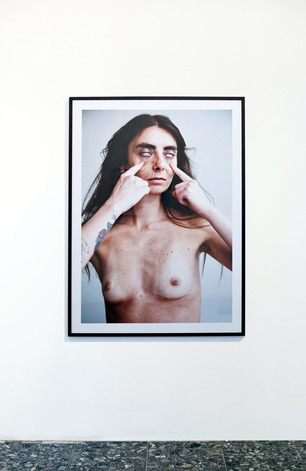
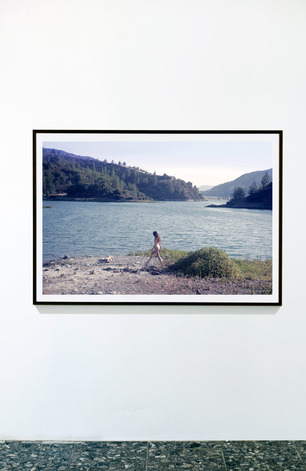
How much do you separate your professional photography and your work as an artist?
As a photographer who is active in both areas, what constantly interests me is communicating through the frame. Of course when you have to undertake a commercial challenge things are different. You are no longer on your own, you have to consider your clients needs whereas when I’m working for a personal project I am absolutely free to experiment on any level. In both cases, I am interested in pursuing new visual languages and avenues.
What other projects are you currently involved in and what do you hope the future holds?
I am working on a few projects, in both fashion and advertising. I am traveling next week to London to photograph a story for Shoppinghour Magazine and am already working on the idea for my next show. With my involvement in photography, I feel like I’m on a train which I have absolute trust in and I’m simply looking out the window at all those wonders that surround us. The road and the destination are one and the same.
Translation by Andreas Stylianou, images courtesy of Stelios Kallinikou


